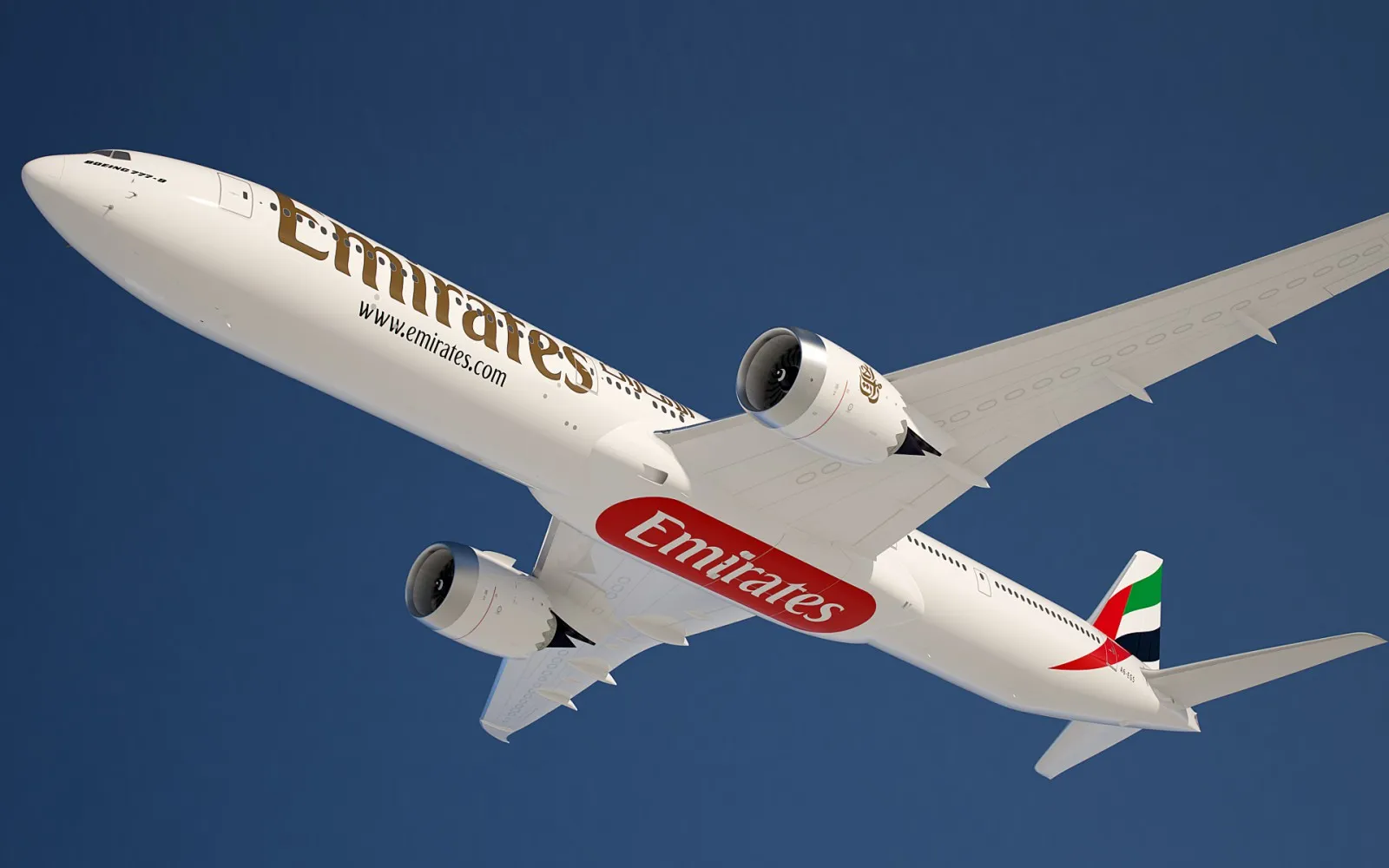
Emirates backs away from 777X for more 787s
Aug 23, 2020

Emirates has decided to shift its focus from the Boeing 777X aircraft to increasing its order of the 787 Dreamliner. This strategic move comes as the airline seeks to enhance its fleet with more flexible and fuel-efficient options, reflecting a broader industry trend towards sustainability. The decision underscores Emirates' commitment to modernizing its operations while adapting to changing market demands. The 787 offers advanced technology and improved passenger comfort, making it an appealing choice for the airline. This pivot highlights the ongoing evolution of fleet strategies among major carriers in response to economic and environmental considerations.
Emirates, the largest international airline, has made headlines recently by adjusting its aircraft acquisition strategy. The airline has decided to back away from the Boeing 777X and instead focus on acquiring more Boeing 787 Dreamliners. This strategic pivot highlights the airline's commitment to efficiency, passenger comfort, and operational flexibility. In this article, we will delve into the reasons behind Emirates’ decision, the implications for the airline industry, and the future of the Boeing 777X and 787 programs.
Reasons for the Shift to Boeing 787
Emirates' decision to prioritize the Boeing 787 over the 777X stems from a combination of market demands, operational efficiency, and sustainability considerations. Here are some key factors influencing this move:
- Market Demand: The demand for long-haul, low-capacity flights has been on the rise, particularly in the post-pandemic travel landscape. The 787, with its two-engine configuration and efficient design, aligns perfectly with this trend.
- Operational Flexibility: The Boeing 787 is known for its versatility, allowing airlines to operate a wide range of routes with varying passenger loads. This operational flexibility is crucial for Emirates as it seeks to optimize its route network.
- Sustainability: As the aviation industry faces increasing pressure to reduce carbon emissions, the Boeing 787 offers significant fuel efficiency advantages compared to older aircraft. Emirates is committed to sustainability, and this decision reflects its long-term environmental strategy.
Comparison of Boeing 777X and 787
To better understand the implications of Emirates' decision, let's compare the key features of the Boeing 777X and the 787 Dreamliner:
| Feature | Boeing 777X | Boeing 787 Dreamliner |
|---|---|---|
| Passenger Capacity | Over 400 (depending on configuration) | Up to 300 (depending on configuration) |
| Range | 7,500 nautical miles | 7,530 nautical miles |
| Fuel Efficiency | 10% more fuel-efficient than 777 | 20% more fuel-efficient than similarly sized aircraft |
| Cabin Comfort | Spacious with new features | Quieter, with higher humidity levels |
The Future of the Boeing 777X Program
The Boeing 777X program, which was initially expected to be a game-changer in the long-haul market, now faces uncertainty. The delays in its development have raised concerns among airlines, including Emirates. The challenges faced by Boeing in bringing the 777X to market may lead to a reassessment of its value proposition. As airlines like Emirates shift their focus, the 777X may find it challenging to secure new orders.
Emirates' Fleet Strategy Moving Forward
Emirates' decision to acquire more 787s signifies a broader trend in the airline industry. As airlines recover from the pandemic, there is an increasing focus on fleet modernization and the integration of fuel-efficient aircraft. Emirates has already placed significant orders for the 787, and this commitment will further strengthen its position in the competitive aviation market.
In addition to enhancing its fleet, Emirates is also exploring innovative ways to improve the passenger experience. The airline has been investing in technology to streamline operations, enhance customer service, and provide a seamless travel experience.
Industry Implications
Emirates' pivot to the Boeing 787 could have ripple effects across the aviation industry. Other airlines may follow suit, recognizing the benefits of a more fuel-efficient and versatile fleet. This potential shift could lead to increased competition among aircraft manufacturers, encouraging innovation and improvements in aircraft design.
Moreover, as airlines prioritize sustainability, manufacturers will need to invest in developing greener technologies. This trend could accelerate the adoption of alternative fuels and electric aircraft in the coming years.
Conclusion
Emirates’ decision to back away from the Boeing 777X in favor of acquiring more 787 Dreamliners reflects a significant shift in its fleet strategy. By focusing on operational efficiency, passenger comfort, and sustainability, Emirates is positioning itself for long-term success in the evolving aviation landscape. As the airline industry continues to adapt to changing market demands, the implications of this decision will likely resonate far beyond the walls of Emirates, influencing the broader trajectory of airline operations and aircraft manufacturing.
In conclusion, Emirates’ aircraft acquisition strategy serves as a barometer for the industry's future, highlighting the importance of adaptability and foresight in a rapidly changing environment.
Related Articles

Explore Thailand: The Best Islands to Visit for Paradise, Adventure, and Relaxation

The Ultimate Guide to the Best Islands in Thailand for Your Next Getaway

Do babies need passports? How to get a passport for a newborn

How to get a U.S. passport fast: here’s how to expedite the process

What is Mobile Passport Control: 5 reasons why you should use it

SENTRI vs. Global Entry: A detailed guide

Do you need a passport to go to the Bahamas? Let’s find out

Do you need a passport to go to Mexico? A detailed guide

Do you need a passport to go to Canada? We got the answer

Do You Need a Passport for a Cruise: An Essential Travel Guide

Booster Seat Requirements: All the Rules to Follow in Your Rental Car

What Are the World’s Most Powerful Passports, and How Does Yours Rank?

How to Take a Passport Photo at Home: A Helpful Guide

You've got to have heart! Southwest's new livery

Your opinion: Should water be free on low cost carriers?

Young women bolder than guys as solo travellers
